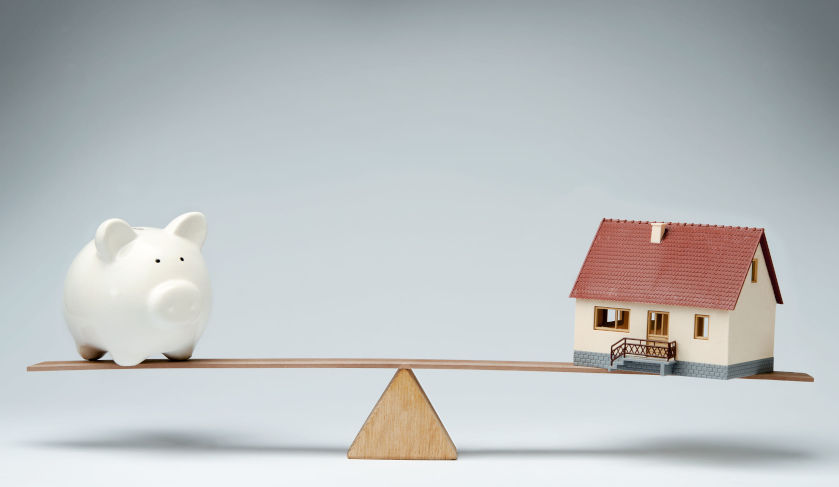End of current housing reacceleration trend evident
The reacceleration of housing market conditions, which was evident throughout most of the second half of 2016, may be starting to abate.

According to the CoreLogic Home Value Index, although capital city dwelling values edged a further 0.2 per cent higher in November, the month-on-month change was the lowest since December last year.
CoreLogic head of research, Tim Lawless, said the pace of capital gains may have moderated compared with previous months, but stronger conditions across most capital cities since the May and August rate cuts pushed the annual trend of growth higher.
“The combined capitals index is up 9.3 per cent over the past 12 months, after recording an annual growth rate as low as 6.1 per cent in July earlier this year,” Mr Lawless said.
Sydney (+13.1 per cent) and Melbourne (+11.3 per cent) recorded double digit annual growth, while Canberra and Hobart recorded annual growth rates over 8 per cent.
“Interestingly, and somewhat surprisingly, the Darwin market has also shown an improvement in growth conditions, with annual capital gains moving back into positive territory,” Mr Lawless said.
Darwin recorded a 1.1 per cent increase in dwelling values over the past 12 months.
“The results are supported by a consistent rise in transaction volumes over recent months. However, listing numbers remain very high across Darwin which is likely to keep a lid on the pace of capital gains for the time being,” Mr Lawless said.
Brisbane and Adelaide were “relatively immune” to the improved growth conditions, with annual capital gains tracking around 4 per cent to 5 per cent in the 12 months to November.
Perth is the only market where values remained lower than a year ago. Over the past 12 months, Perth dwelling values fell by 3.4 per cent, taking the cumulative decline to 9.2 per cent since values peaked in December 2014.
“The softer monthly result was largely attributable to a weak result within the Melbourne unit market where values were 3.2 per cent lower over the month and 1.1 per cent lower over the rolling quarter,” Mr Lawless said.
“Ongoing concerns around an oversupply of units is likely having an effect on buyer confidence and dampening the potential for capital gains within the inner city high rise apartment market. The weak trend across the Melbourne unit market is similar in Brisbane, with annual growth rates for units in both cities tracking well below the growth in the detached housing sector.
“The past 12 months has seen Melbourne house values rise by 12.2 per cent, while unit values are up by less than one-third of that at 3.9 per cent. Similarly, in Brisbane, house values are 4.3 per cent higher over the past 12 months while unit values are down 0.9 per cent.”
Mr Lawless said the Sydney housing market has not seen anywhere near the same differential in house and unit value growth rates.
“House values across Australia’s largest city are up 13.5 per cent compared with a 10.8 per cent rise across the unit market,” he said.
Although the Sydney metro area is recording a similar number of units in the pipeline, the development trend is more geographically diverse compared with other cities.
“Additionally, Sydney has a well-developed densification trend, with attached housing construction outpacing detached housing since the mid-1990s,” Mr Lawless said.
